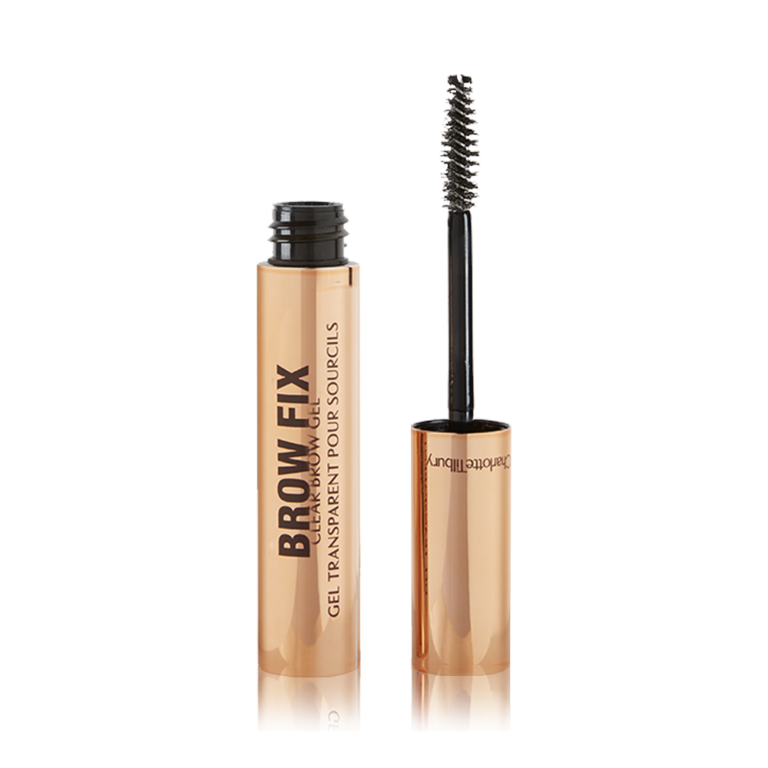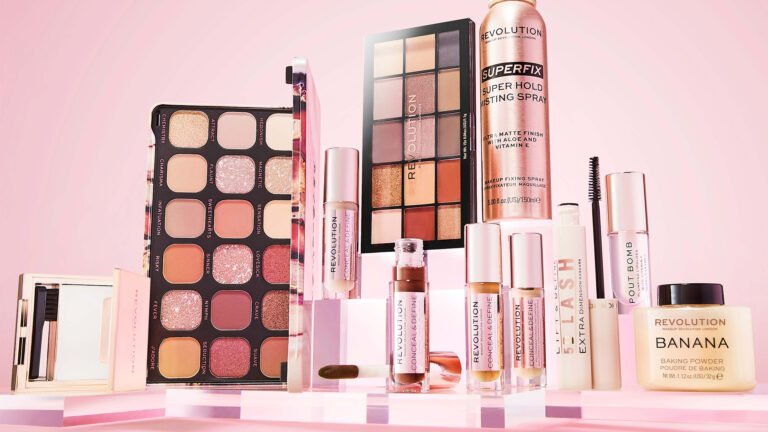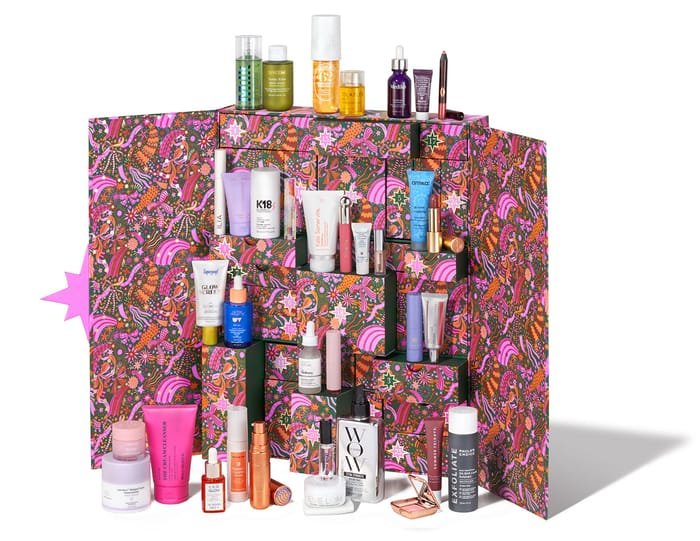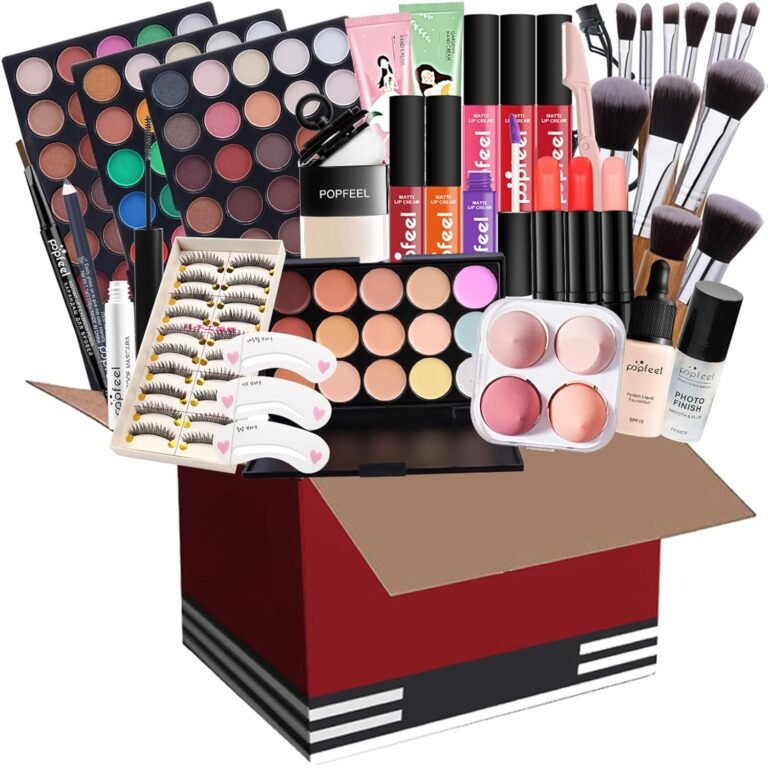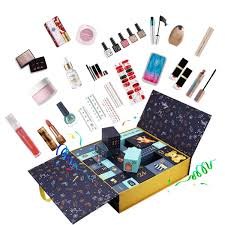Makeup Revolution: The Evolution of Beauty Trends and Industry Innovations
Introduction
The world of beauty has undergone a remarkable transformation over the years. What was once limited to a select few has now become an inclusive industry that embraces diversity and innovation. The term “Makeup Revolution” encapsulates the evolution of beauty trends, industry breakthroughs, and cultural shifts that have influenced how people perceive and use makeup. From ancient beauty rituals to modern-day cosmetics, the journey of makeup is a testament to the creativity and adaptability of the human spirit.
Thank you for reading this post, don't forget to subscribe!The Historical Perspective of Makeup
Makeup has existed for centuries, dating back to ancient civilizations where people used natural ingredients to enhance their features. The Egyptians were among the first to use kohl for defining their eyes, while the Romans and Greeks experimented with natural dyes and powders. During the Renaissance, pale skin symbolized wealth, prompting the use of white lead-based powders despite their toxic effects.
Fast forward to the 20th century, the beauty industry saw the emergence of brands that revolutionized makeup application. The 1920s flapper movement introduced bold lipstick shades, while Hollywood’s Golden Age in the 1950s popularized the glamorous red lip and winged eyeliner. The 1980s and 1990s ushered in vibrant colors, metallic hues, and a shift toward bold experimentation.
The Modern Makeup Revolution
The contemporary makeup revolution is defined by several key factors:
1. Inclusivity and Diversity
One of the most significant shifts in the beauty industry is the emphasis on inclusivity. Brands like Fenty Beauty by Rihanna set a new standard by launching an extensive shade range that catered to all skin tones. This move pressured other brands to expand their foundation lines, leading to increased representation for people of color and those with unique undertones.
2. Clean Beauty and Ethical Standards
Consumers have become more conscious of the ingredients in their cosmetics. Clean beauty brands, such as Ilia and RMS Beauty, have gained popularity for offering toxin-free, organic, and sustainable products. The demand for cruelty-free and vegan makeup has also grown, with many brands eliminating animal testing and adopting ethical sourcing practices.
3. Technological Advancements in Makeup
The intersection of technology and beauty has led to innovations such as augmented reality (AR) makeup try-ons, AI-generated shade-matching tools, and personalized beauty experiences. Brands like L’Oréal and Sephora have incorporated virtual try-ons, allowing consumers to test products digitally before purchasing.
4. Social Media and Influencer Culture
Platforms like Instagram, TikTok, and YouTube have propelled the makeup industry into the digital age. Influencers and beauty gurus have become key players in shaping trends and launching beauty brands. The rise of “beauty challenges,” viral makeup hacks, and tutorials has democratized makeup education, making it accessible to everyone.
5. Gender-Neutral and Unisex Makeup
Breaking away from traditional gender norms, many brands now embrace unisex and gender-neutral makeup. Celebrities like Harry Styles and brands like Jeffree Star Cosmetics and Fluide have normalized makeup as a form of self-expression beyond gender boundaries.
6. DIY and Customization Trends
Consumers are now more inclined to personalize their makeup experience. Customizable palettes, mix-and-match lipstick kits, and build-your-own foundation blends allow users to tailor their products to their preferences.
Key Makeup Trends of the Revolution
1. No-Makeup Makeup Look
Minimalism has become a dominant trend, with many opting for dewy, fresh-faced looks that enhance natural beauty. Lightweight foundations, tinted moisturizers, and cream-based products have become essentials in achieving this effortless look.
2. Bold and Graphic Eyeliner
Experimentation with bold eyeliner styles, including geometric shapes, floating liner, and neon shades, has taken center stage. This trend is fueled by social media, where users showcase unique eye makeup techniques.
3. Monochromatic Makeup
Monochrome makeup involves using the same color family for eyes, lips, and cheeks, creating a harmonious and cohesive look. Shades of peach, rose, and terracotta have gained popularity for their versatility.
4. Glowing and Glass Skin
Originating from Korean beauty trends, “glass skin” focuses on achieving a luminous, almost reflective complexion. Highlighters, hydrating primers, and facial mists play a significant role in achieving this effect.
5. Statement Lips
Classic red lips never go out of style, but newer variations, such as ombre lips and gloss-drenched finishes, have made a strong comeback. Lip oils and balms are also trending, emphasizing hydration alongside color.
The Future of Makeup Revolution
The future of makeup is shaped by advancements in science, sustainability, and personalization. AI-powered beauty consultations, biodegradable packaging, and biotech-driven skincare-makeup hybrids are likely to dominate the industry. As consumers continue to demand transparency and ethical standards, brands will be compelled to innovate while maintaining authenticity.
Conclusion
The makeup revolution is more than just a trend—it is a movement that reflects societal changes, technological advancements, and evolving beauty ideals. From ancient traditions to modern innovations, makeup continues to be a powerful tool for self-expression and empowerment. As we move forward, the industry will likely continue to embrace inclusivity, sustainability, and individuality, ensuring that beauty remains accessible to all.


